Haramaya University Distributes Drought-Resistant Grass to Boost Livestock Farming
Haramaya University, in partnership with local and international organizations, is distributing improved forage grass seeds to farmers in the East Hararghe Zone. This initiative aims to combat drought, increase the availability of high-quality animal feed, and improve livestock productivity for smallholder farmers.
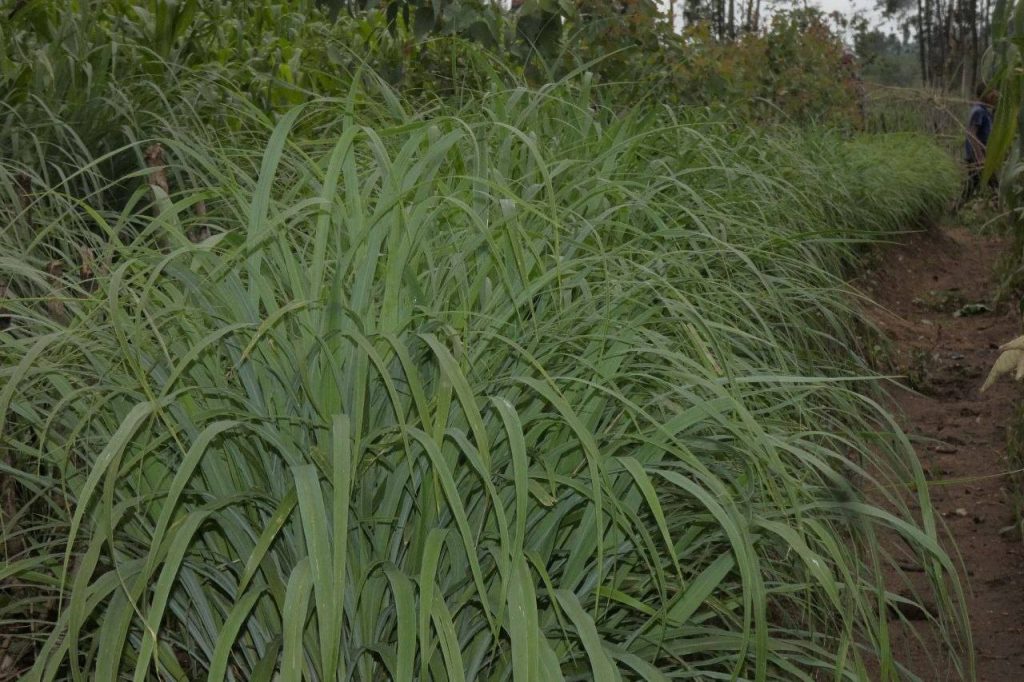
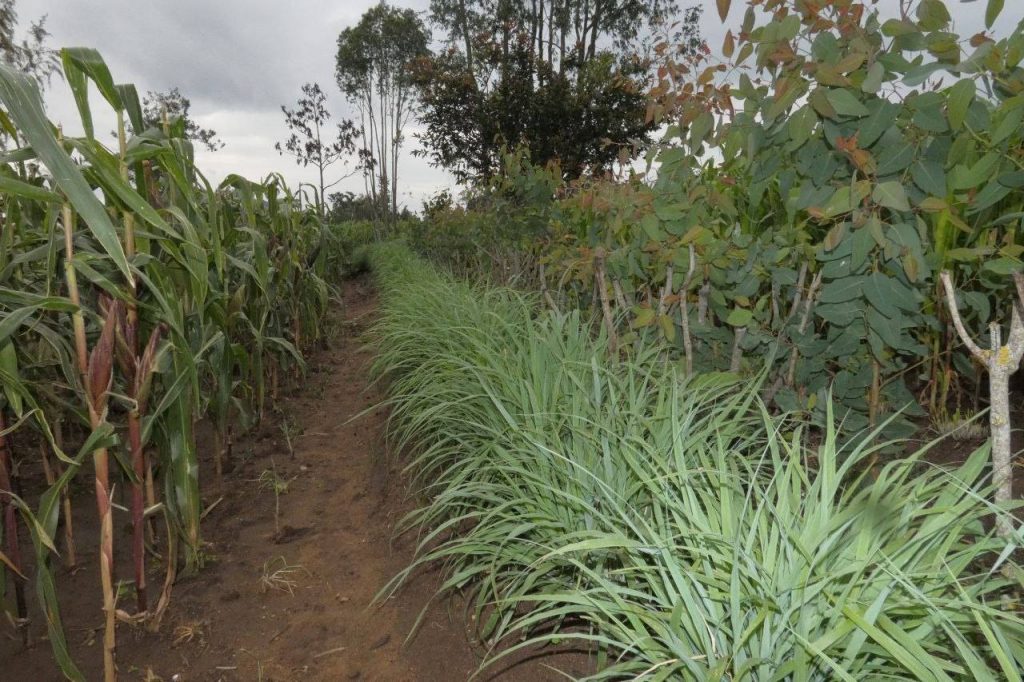
The project, officially titled “Developing Drought Resilience among Smallholder Farmers using Productive and Stress Tolerant High-Quality Forage-Based Integrated Farming System (FBIFS),” began in May 2025. It is a collaboration between Haramaya University, the Ethiopian Agricultural Research Institute, and the International Livestock Research Institute (ILRI), with funding from the French Development Agency for Innovation (FID).
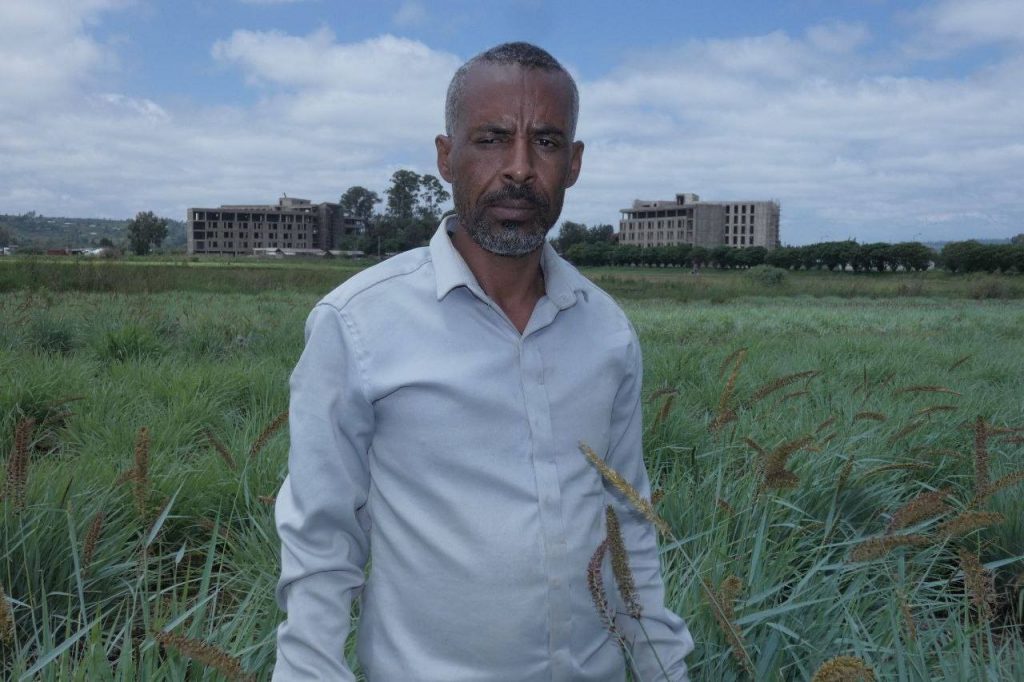
According to Mr. Dargo Kebede, a lecturer at Haramaya University and the project’s coordinator, the distributed grass—scientifically known as “Lyme grass”—is highly resilient. “Lyme grass is drought-resistant, has high nutrient content, prevents soil erosion, and is well-suited for integrated farming systems,” he explained.
To date, the project has provided lyme grass seedlings to 987 farmers across three districts: Maya City (Ifa Oromia Kebele and Adele Sub-district’s Biftu Geda Kebele), Kersa (Sodu Kebele), and Kombolcha (Kerensa Kebele). The goal is to distribute the seedlings to a total of 1,245 farmers in these areas.
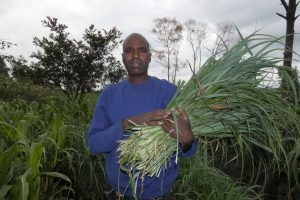
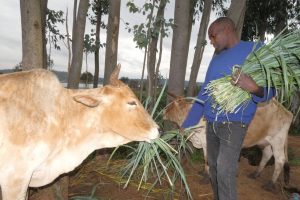
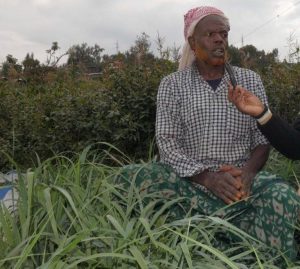
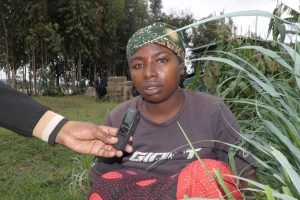
Farmers who have already planted the grass are reporting positive results. Mr. Sherif Abdella and Ms. Safia Ibrahim, farmers from Maya City, stated that the grass is highly palatable, and their animals prefer it over other forage. They also noted its compatibility with other crops and its non-invasive nature.
“We can harvest this grass every month or every 45 days, and it provides a reliable food source for our animals throughout the year,” a farmer said, expressing gratitude to the university for its support.
Local agricultural development agents have also praised the initiative. Mr. Million Bekele from Maya City and Mr. Nesredin Mume from Adele City confirmed that the new feed source is helping farmers solve critical feed shortages and is expected to significantly increase livestock productivity and fattening.
Reporter:- Shemsedin Mohammed
Photographer:- Tewodros Lishan
Haramaya University Public & International Relations Directorate
Tags: Agriculture, ClimateResilience, DroughtResistantGrass, EastAfricaAgriculture, FoodSecurity, GrassDistribution, HaramayaUniversity, LivestockFarming, RuralDevelopment, SustainableFarming
